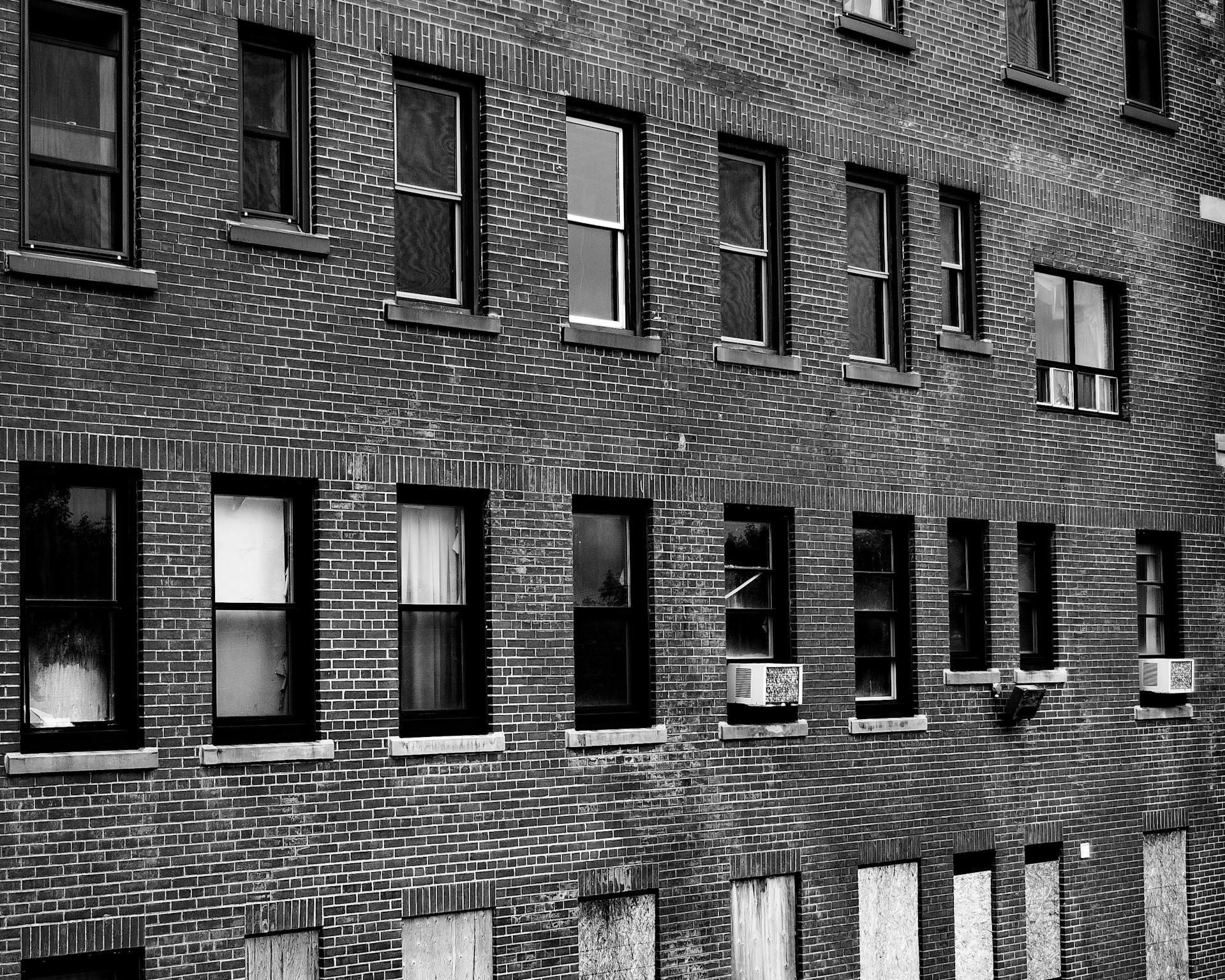
Zombie banks are financial institutions that continue to operate despite being insolvent, meaning they have more liabilities than assets. They often receive government bailouts or subsidies to stay afloat.
These banks can't lend money because they're already overextended, but they still have a huge impact on the economy. They're like a dead weight holding back growth.
Zombie banks can prevent healthy banks from operating effectively, as they often have to compete for customers and resources. This can lead to a credit crunch, where fewer loans are available to businesses and individuals.
In many cases, zombie banks are kept alive by government support, which can create moral hazard and encourage reckless behavior in the future.
You might enjoy: Government Savings Bank (Thailand)
What Is a Zombie Bank?
A zombie bank is essentially a financial institution that's unable to pay its debts, but is somehow able to keep operating thanks to government support.
This support can come in many forms, such as explicit government guarantees or implicit backing that allows the bank to continue trading.
In other words, a zombie bank is a bank that's technically insolvent, but is kept afloat by the government's financial lifeline.
A different take: Digital Banking Support
Causes and Examples
Banks become zombies due to bad loans they've made. Businesses that borrowed from banks can't repay the loans in slow economies.
Regulatory forbearance is a capital infusion from the government or central bank that enables banks to postpone recognizing their losses. This cash-flow leeway is given in the hope that banks will make profits and cover their losses over time.
Zombie banks are often created by financial panics, during which loans go bad and asset values shrink.
If this caught your attention, see: Credit Union Bad Credit Checking Account
Causes
Banks become zombies due to bad loans they've made.
In slow economies, businesses that borrowed from banks become unable to repay the loans.
Capital infusions to a bank, received primarily from the government but also from central bank loans, turn it into a zombie bank.
These infusions are generally referred to as regulatory forbearance, which enables the banks to postpone the recognition of their losses.
Zombie banks often use the money received from the government to extend the terms of their loans to businesses, which in turn causes the existence of zombie companies.
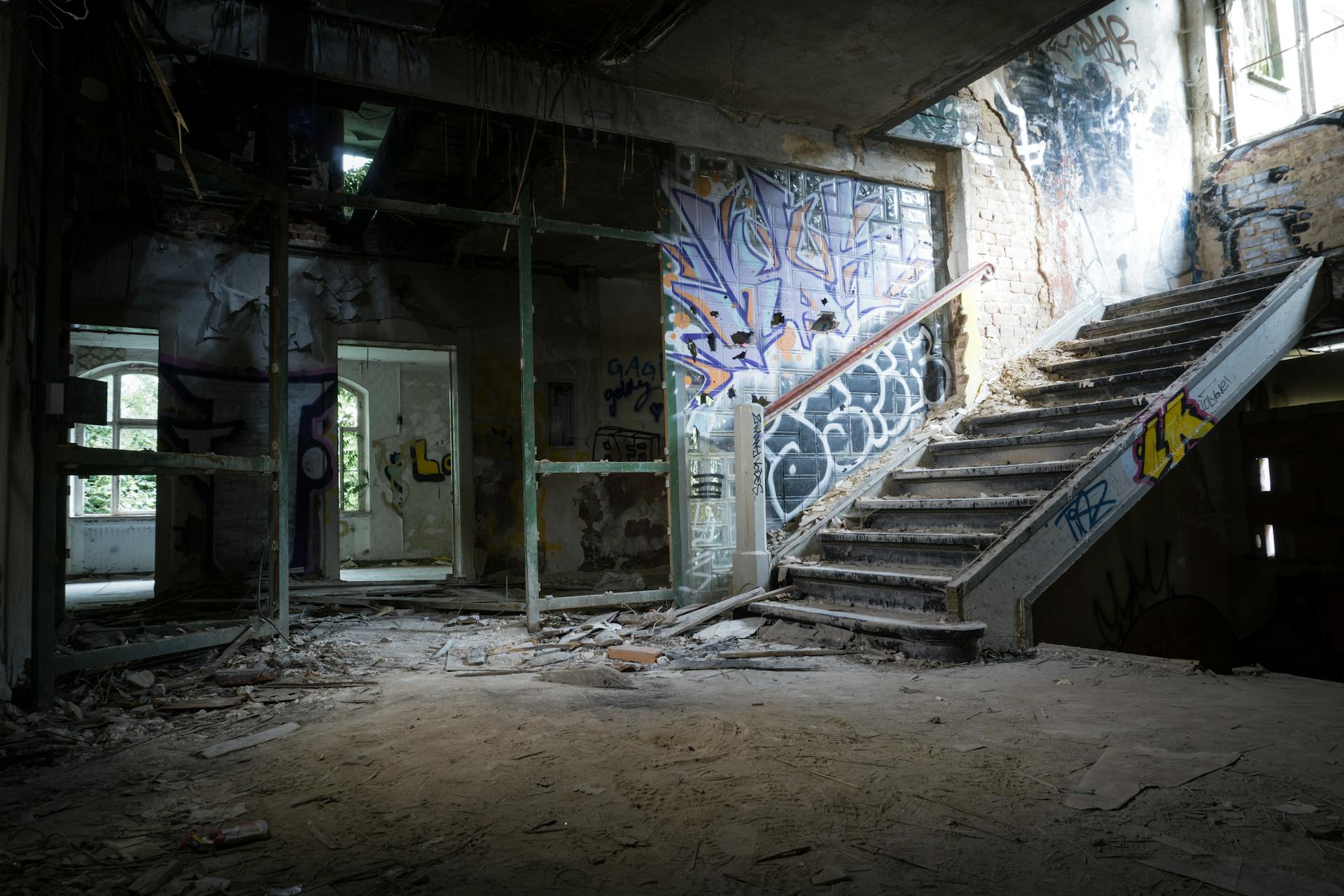
Financial panics, during which loans go bad and the value of assets shrinks, can also create zombie banks.
Governments might arrange for the creation of a bad bank to purchase bad loans and illiquid assets of a failing institution, but this isn't always the case.
The term "zombie bank" was first coined by Edward Kane of Boston College in 1987 in reference to the savings and loan crisis (S&L).
Related reading: Bad Banks
Examples in Europe
The ECB's president, Mario Draghi, launched the Outright Monetary Transactions (OMT) Program in 2012, which significantly increased the value of sovereign bonds issued by European periphery countries. This move regained stability in the European banking sector, but the slow recovery is still attributed to bad credit allocations by zombie banks.
Zombie banks in Europe have increased lending to existing impaired borrowers, rather than financially healthy or new borrowers. This has led to a significant misallocation of credit, hurting creditworthy firms.
Check this out: European Savings and Retail Banks Group
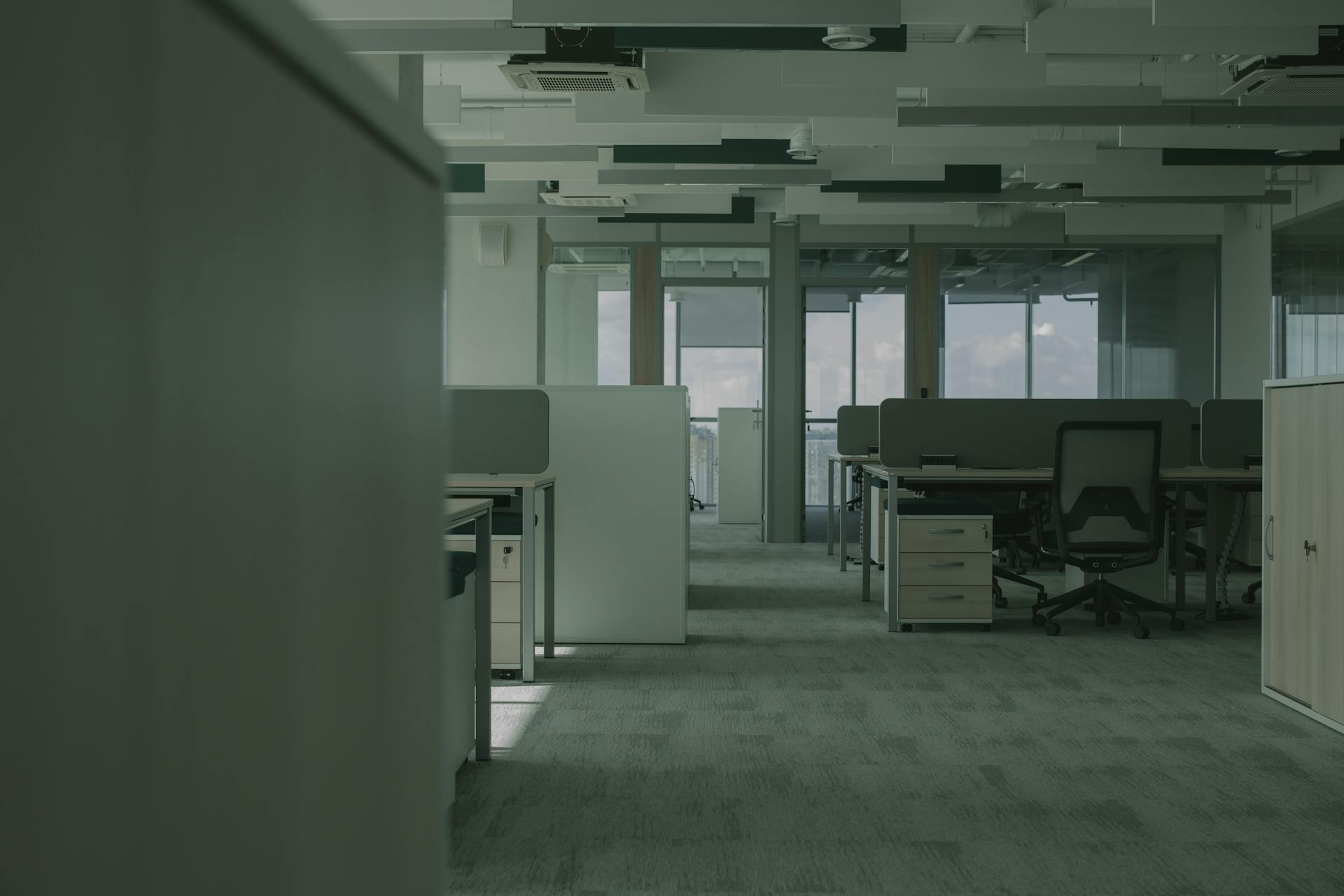
The European Central Bank (ECB) has warned that debt sustainability is the biggest risk to financial stability if interest rates rise. Zombie banks may be unable to absorb losses if zombie companies, which have survived thanks to the ECB's regime of artificially cheap finance, go under.
Europe's banks are still sitting on $1 trillion of bad loans. This staggering amount is a direct result of the ECB's efforts to keep the banking sector afloat during the crisis.
Related reading: Zombie 2nd Mortgage
Examples in Japan
Japan's experience with economic stagnation is a stark reminder of the consequences of not addressing financial crises head-on. In the 1990s, Japan suffered a collapse in real estate and stock market prices that pushed major banks into insolvency.
The government's decision to keep banks marginally functional through guarantees and piecemeal bailouts created "zombie banks" that couldn't support long-term growth.
This approach has led to economic stagnation in Japan since then, a stark contrast to the country's reputation for innovation and economic prowess.
Suggestion: Turkish Economic Crisis (2018–current)
Effects and Understanding
Zombie banks create moral hazard, causing investors to take risks without considering the negative consequences since they believe the government will help them out in case investments fail.
Investors don't have an incentive to be concerned about the risk-reward ratio, which is essential for a healthy economy. This can lead to a lack of accountability and a distorted market.
Zombie banks employ higher interest rates to attract investors, which can lead to competition and customer loss for healthy banks. This can further exacerbate the problem.
Shutting down struggling banks can incite widespread panic, but enabling them to continue operating comes with several drawbacks, including the cost of restoring banks back to health, which can be in the hundreds of billions of dollars.
Effects on Economy
The effects of this phenomenon on the economy are significant. A loss of $10 billion in revenue was reported in the last quarter due to decreased consumer spending.
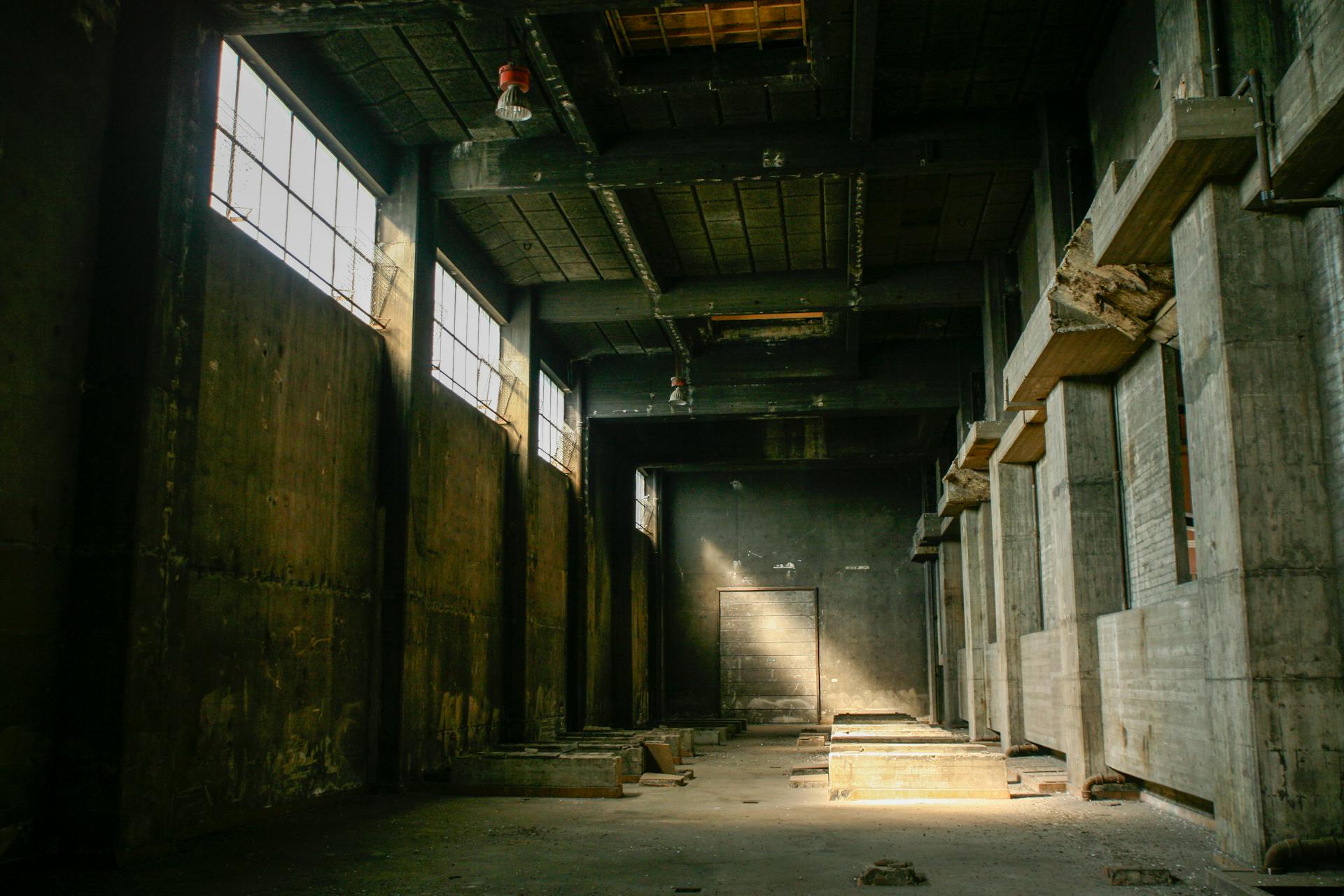
The economic downturn has led to a rise in unemployment rates, with 15% of the workforce affected. This has resulted in a decrease in tax revenue for the government.
The ripple effect of this economic downturn has also impacted small businesses, with 30% of them forced to close their doors. Many entrepreneurs have been left struggling to make ends meet.
The government has implemented various measures to mitigate the effects, including a stimulus package worth $50 billion. However, the effectiveness of these measures is still being debated.
As a result of the economic downturn, many people are forced to live on a reduced income, with 20% of households reporting a decrease in disposable income. This has led to a decrease in consumer spending, creating a vicious cycle.
Understanding Banks
Banks are a crucial part of our economy, but sometimes they can become "zombie banks" - a term coined by Edward Kane in 1987. These banks have large amounts of nonperforming assets on their balance sheets.
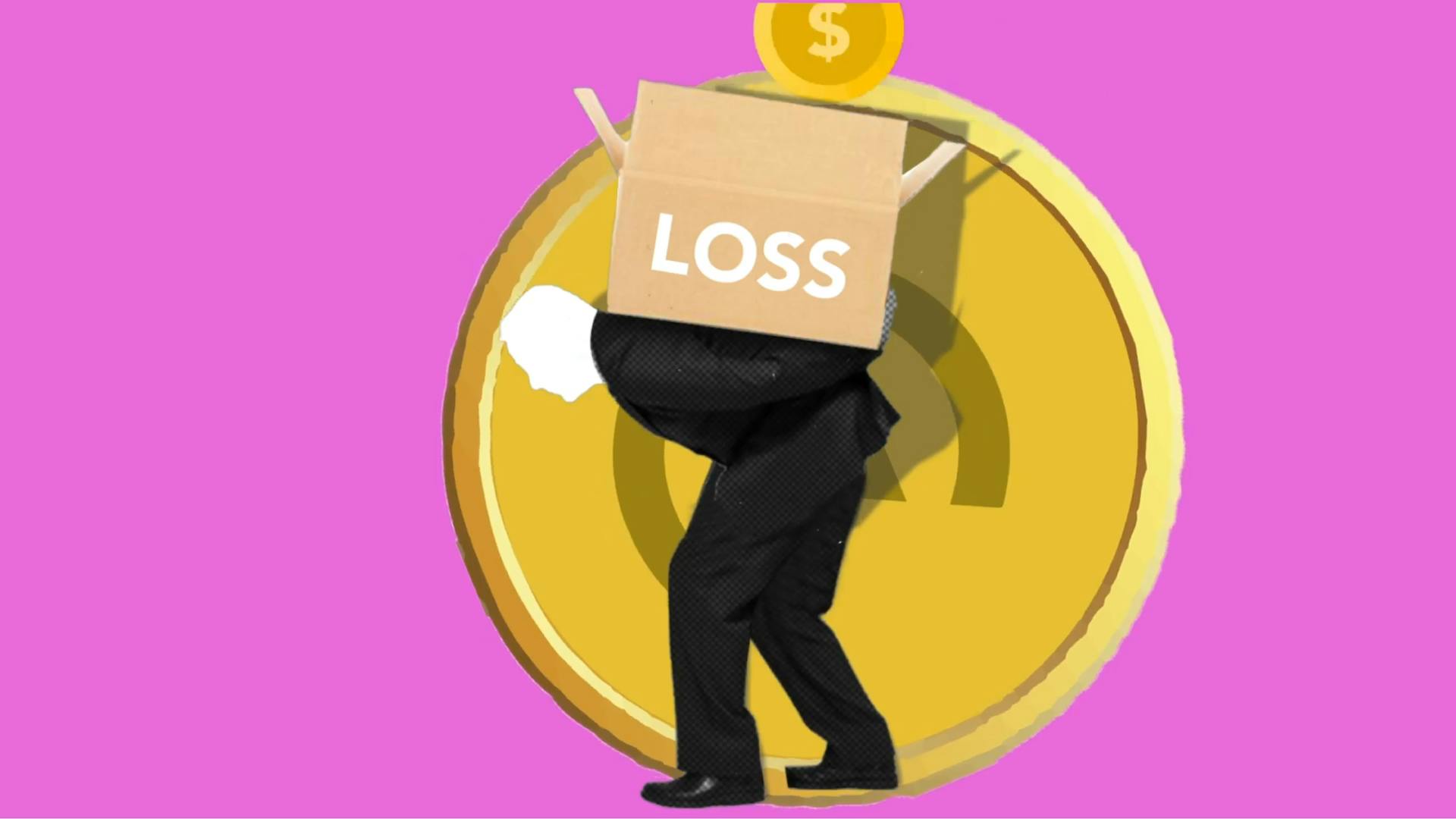
Normally, a bank running at a significant loss will eventually be forced into bankruptcy, at which point its assets will be sold off to pay down as many debts as possible. However, governments often intervene to prevent this from happening.
Central banks sometimes decide to keep debt-burdened banks, corporations, and households on life support instead of allowing nature to take its course. This is known as financial repression.
Keeping zombie banks afloat can cost hundreds of billions of dollars and weigh on economic growth. It's like trying to keep a sinking ship afloat - eventually, it's going to drag everyone else down with it.
By not liquidating zombie banks, investors' capital is trapped, instead of being put to more productive use. This can have far-reaching consequences for the entire financial system.
For more insights, see: Will Banks Buy Gold
Key Takeaways
A zombie bank is essentially an insolvent financial institution that's propped up by government support. This can be in the form of explicit or implicit backing.
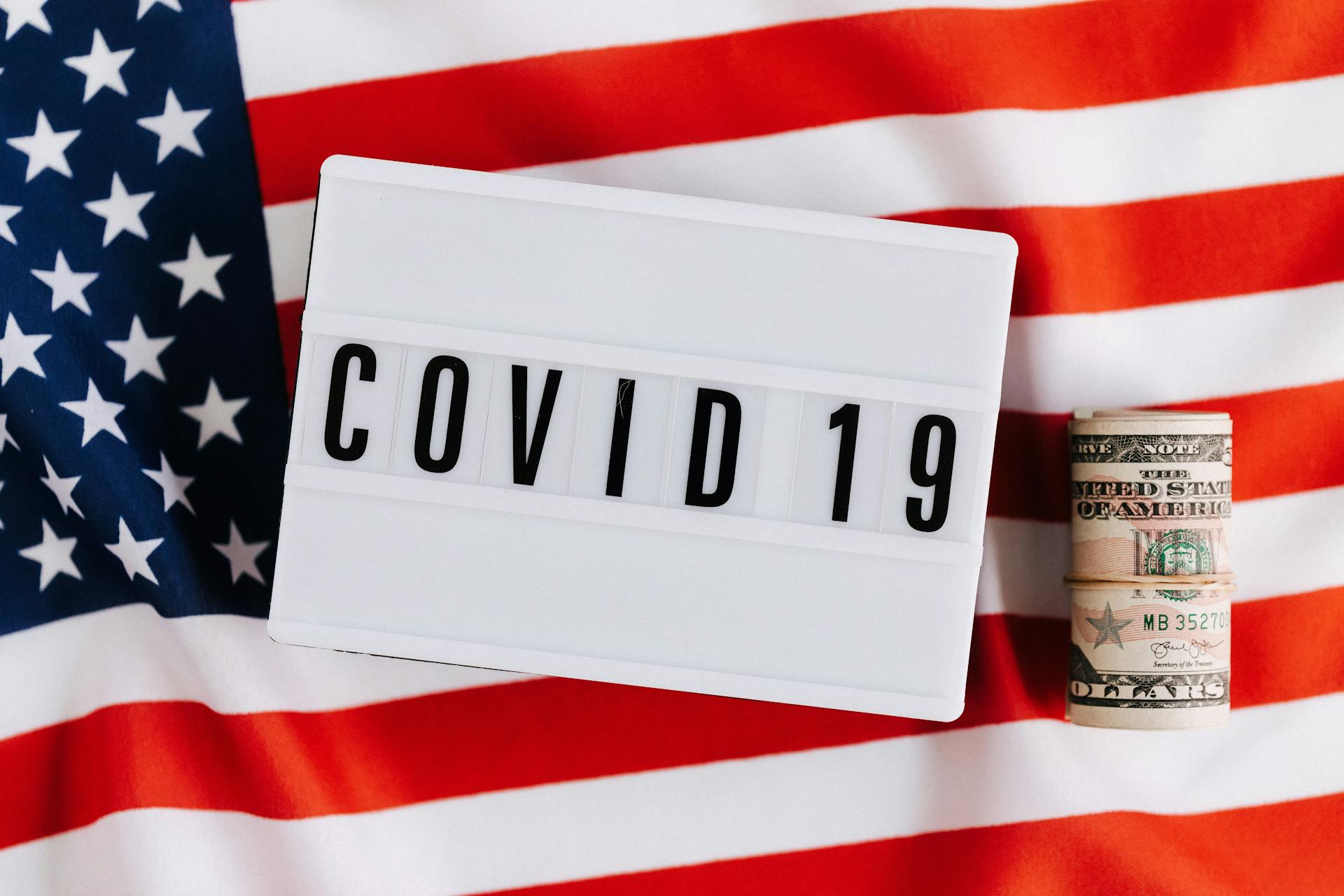
Zombie banks are kept afloat to prevent panic from spreading to healthier banks. This can have a ripple effect, causing even more instability in the financial system.
The term "zombie bank" was first coined by Edward Kane of Boston College in 1987, in reference to the savings and loan crisis (S&L). This highlights the long history of zombie banks.
Restoring zombie banks back to health can be a costly endeavor, weighing in at hundreds of billions of dollars. This can also have a negative impact on economic growth, making it harder for businesses and individuals to thrive.
Background and Context
The concept of "zombie banks" might sound like something out of a horror movie, but it's a very real phenomenon. In the 1990s, economist Edward Kane used the analogy of zombies to describe Savings and Loan (S&L) institutions that were insolvent but still able to survive by feeding off taxpayers through government-guaranteed deposit insurance.
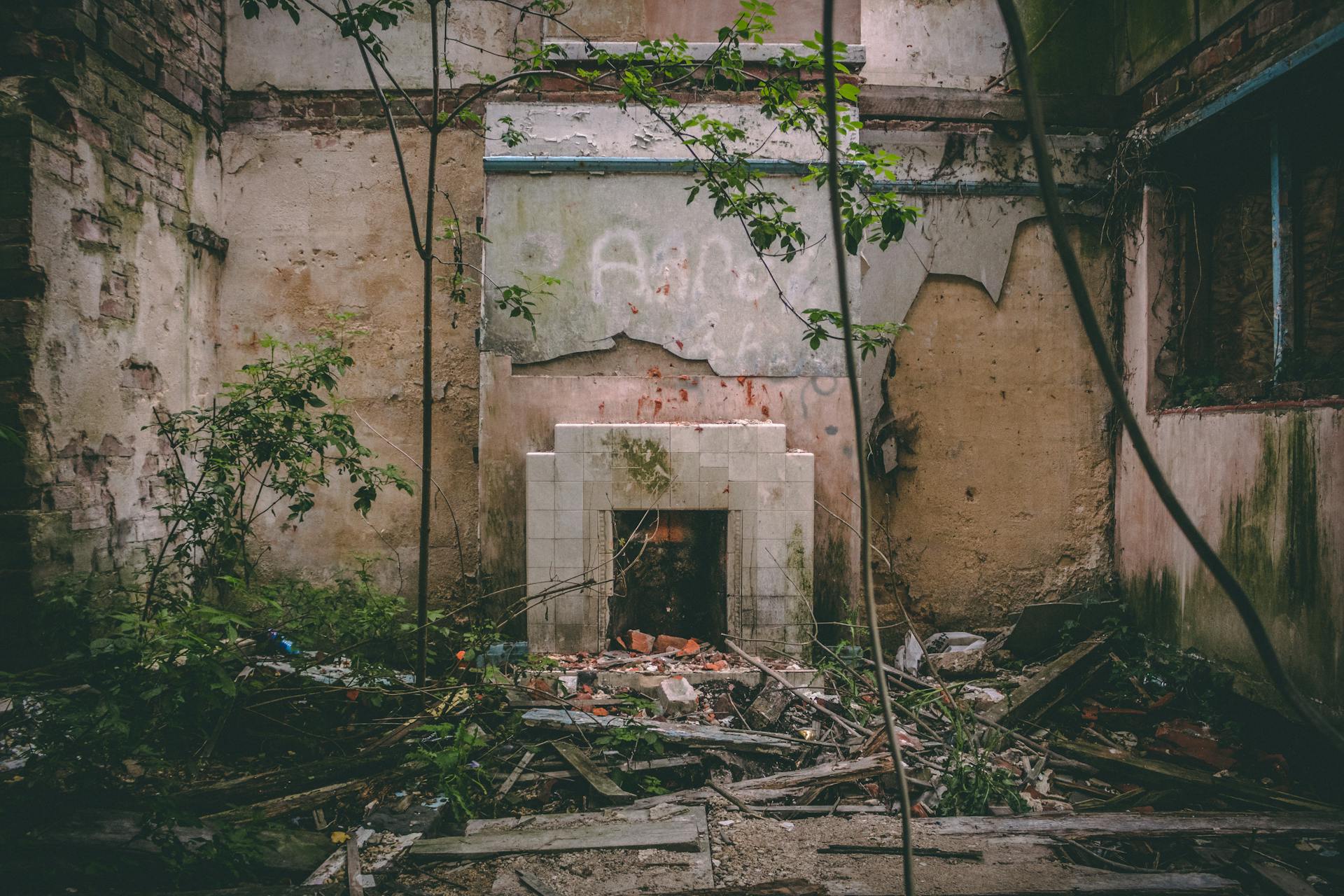
These zombie S&Ls were able to stay afloat by drawing on public funds, but they were essentially dead institutions that couldn't generate profits on their own. The problem was that they were "hungry for only one thing—human flesh", or in this case, taxpayer dollars.
The idea of zombie banks has been applied to the banking crisis in Europe, where banks have become conduits for public aid but are shrinking and unprofitable as businesses. This is exactly what happened in Ireland, where banks came to resemble empty shells that required additional government bailouts.
In fact, economist Tyler Cowen warned in 2011 that if depositors lose confidence in a bank, it will be emptied out and require more government bailouts, leading to a vicious cycle of decline.
Worth a look: Public Bank Berhad
Sources
- https://www.wiley.com/en-us/Zombie+Banks%3A+How+Broken+Banks+and+Debtor+Nations+Are+Crippling+the+Global+Economy-p-9781118185315
- https://www.telegram.com/article/20140204/NEWS/302049884
- https://en.wikipedia.org/wiki/Zombie_bank
- https://www.investopedia.com/terms/z/zombie-bank.asp
- https://www.forbes.com/sites/genegrant/2023/05/12/zombie-banks-are-among-us-but-no-need-to-panic/
Featured Images: pexels.com


